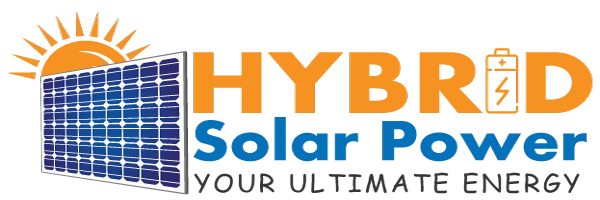These days, the size range for a domestic solar system typically falls between 3kW and 5kW, depending on your state. For houses with a flexible budget for a solar system, 7kW is only slightly over average and not much of a financial stretch given that 5kW is one of the most common system sizes in the nation.
A 7kW solar array with 275 watt (W) to 320 watt (W) modules will have 25–28 panels total.
The average size of a panel is around 1.7 m2, thus a 7 kW system will need a roof area of 40 to 48 m2, or potentially more depending on how your roof is laid out and whether you need tilt frames (which need to be spaced out more than panels mounted flush on the roof).
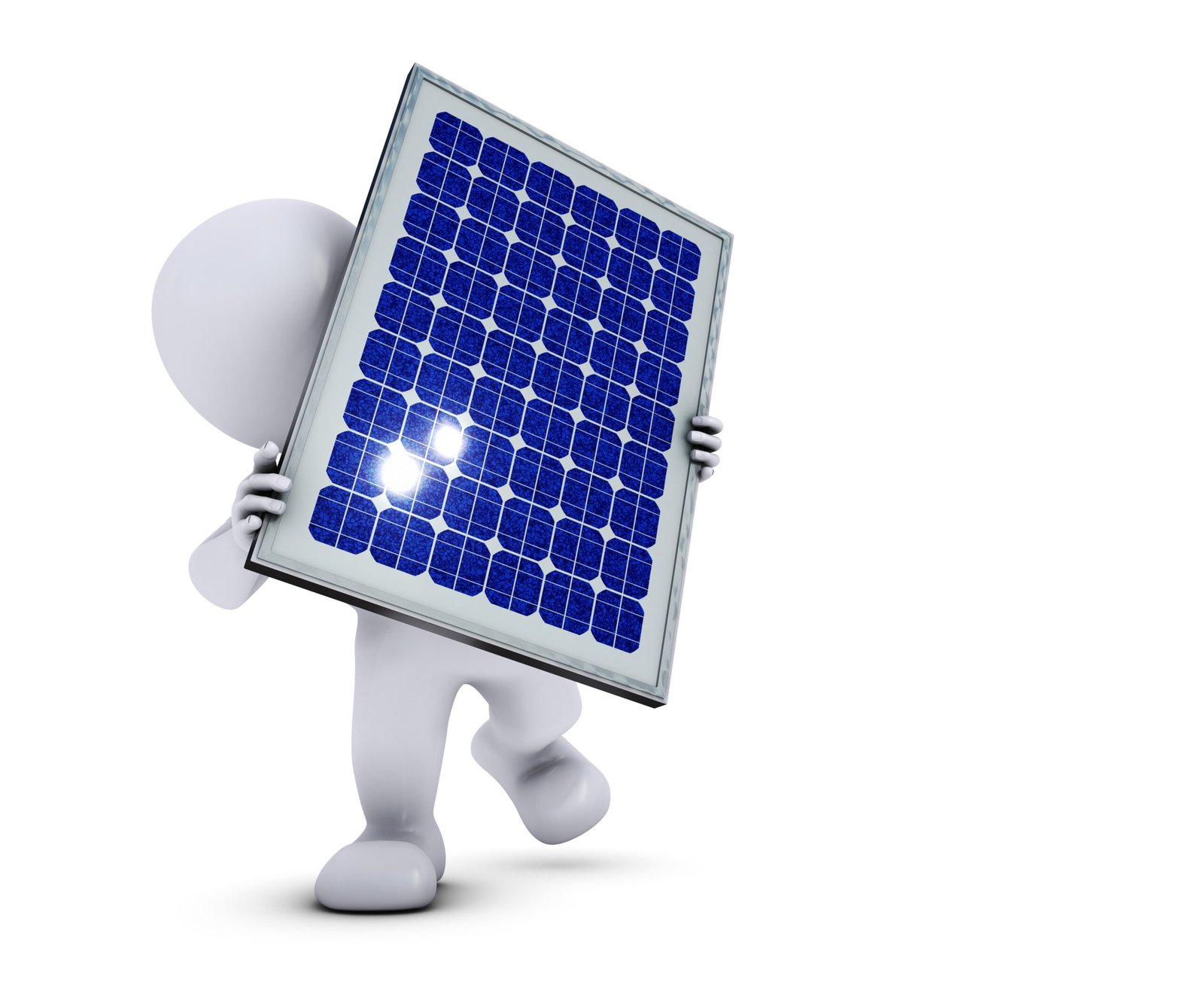
Every month, Solar Choice releases a Solar PV Price Index that measures developments in average pricing across all Australian capital cities.The average cost of a 7 kW solar system in Australia as of November 2021 is roughly $0.95 per watt, or about $6,670, according to Solar Choice's own data.The pricing development for 7kW solar systems in major American cities is shown in the table below, as of October 2019.

The actual power output of a 7 kW solar power system will vary depending on a variety of factors.
These elements consist of:
-Area of residence (e.g. Darwin generates much more energy than Hobart)
-Solar panel array orientation and tilt angle
-The extent to which adjacent objects shade the panels
-The panels' operating temperature
The table below offers some general ideas as to how much electricity you may anticipate to reasonably produce in Australia's capital cities with a north-facing 7kW solar system (running at a 75% efficiency ratio). Please be aware that the data in the table only represents daily averages; in actuality, a system will generate more energy during the long summer days and less during the shorter winter days.
Indicative daily 7kW solar panel output by capital city
City | Average Daily Production | Estimated Annual Production |
27 kWh per day | 9,837 kWh | |
28 kWh per day | 10,220 kWh | |
27 kWh per day | 9,837 kWh | |
31 kWh per day | 11,242 kWh | |
22 kWh per day | 7,921 kWh | |
23 kWh per day | 8,559 kWh | |
29 kWh per day | 10,731 kWh | |
25 kWh per day | 9,198 kWh |
Assumptions
The figures above were calculated using PVWatts and historical Bureau of Meteorology sun irradiance data. conservatively presuming that the system’s average efficiency is 75% Assume the solar panels are angled at 30 degrees toward the north.
There are a variety of variables that affect how long a solar system will take to pay for itself, but one of the most crucial ones for today's households and companies embracing solar is "self-consumption." These days, the financial case for adopting solar is dependent primarily on how much of the solar power will be directly used by the home or company because there are only low solar feed-in tariffs available in pretty much every state.
Why? Because if you possess a solar system, the electricity it generates is considerably more valuable to you if you use it yourself rather than allowing it to be "exported" to the power grid.
Depending on where you live and how much your electricity retailer or utility charges you for electricity, you can save anywhere from 18 to 40 on your power bill by self-consuming 1 kWh of energy instead of buying 1 kWh of electricity from the grid. In comparison, you will often receive 7–13 cents per kWh in solar feed-in credits if you permit the power to be exported to the grid.
How can you ensure that you use as much of your solar energy for personal use? Making sure that the solar system you choose is the right size for your needs would be the first step. Understanding your electricity usage profile and attempting to optimize your use of electricity would be step two.
Having said that, the table below offers some rough payback period estimates for 7kW solar systems in a few Australian major cities.
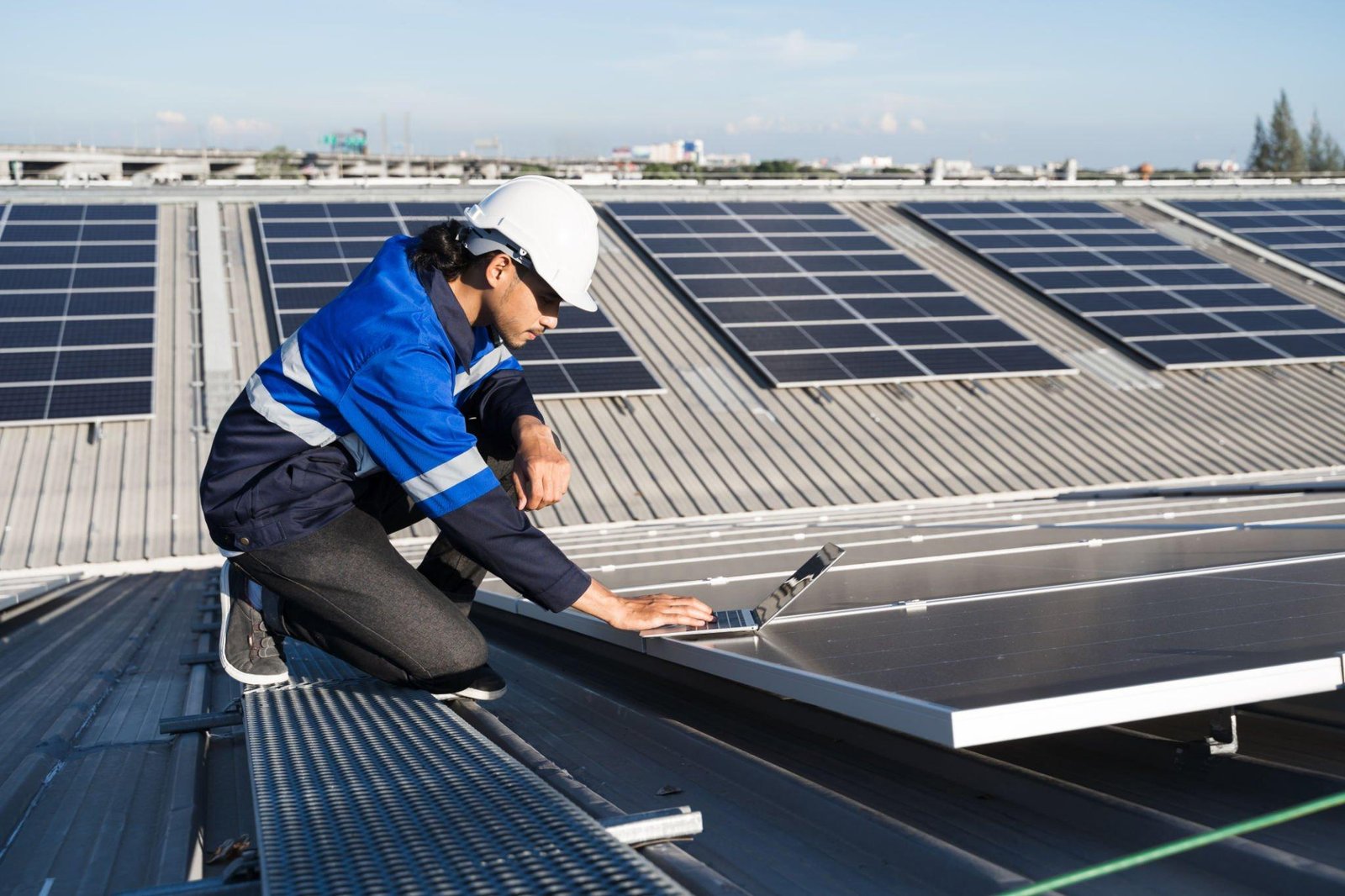
5,390 watts of direct current (DC) power are generated.
In NSW produces between 600 and 700 kWh (kilowatt hours) of AC (alternating current) power monthly and needs up to 299 square feet of space.
reduces utility bills by up to 90% and can offset 40 to 90 percent of monthly power usage.
greatest power when the sun is directly overhead and pointing north.
consists of 13 microinverters, racking and attachments, 13 solar panels of 415watts capacity, and system monitoring.
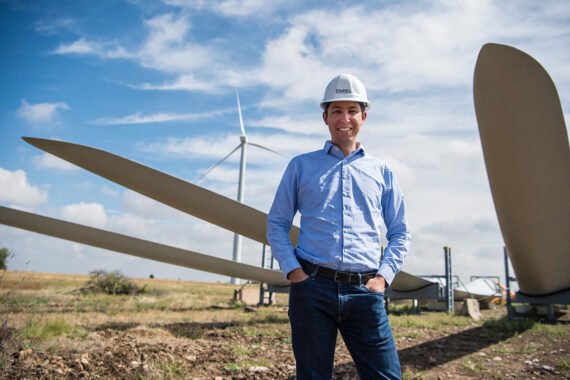
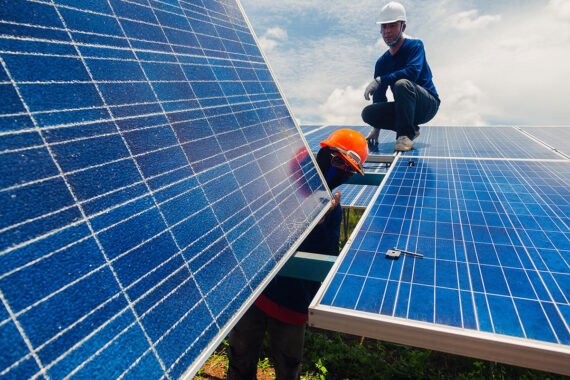
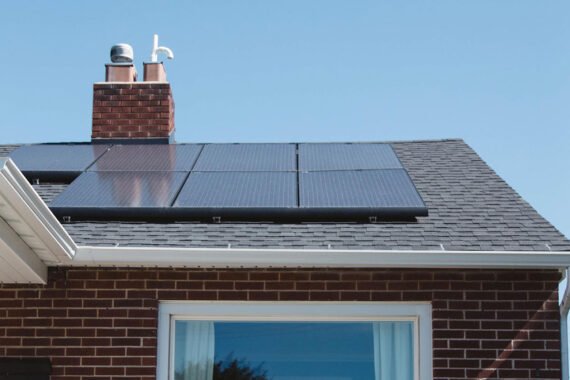
If you have any questions or need help, feel free to contact with our team.
info@hybridpowersolar.com.au
72 Canterbury Rd Bankstown NSW 2200, Australia
Level 5,1 Bowes Place, Phillip ACT-2606, Australia
©2023 Hybrid Solar, All Rights Reserved.
